
All categories
Featured selections
Trade Assurance
Buyer Central
Help Center
Get the app
Become a supplier

(29809 products available)
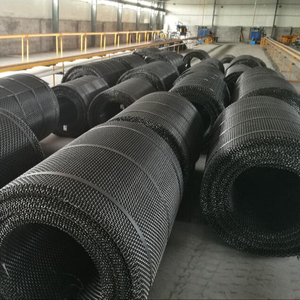

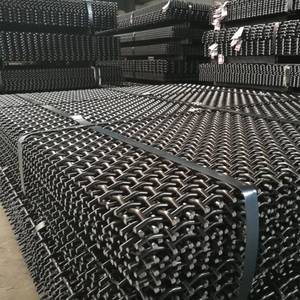
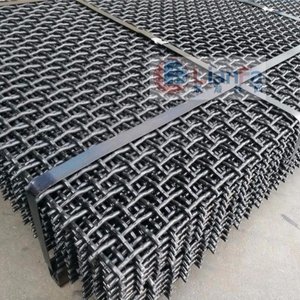

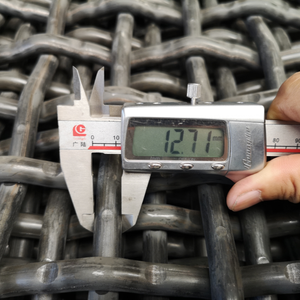
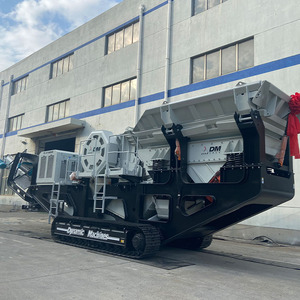

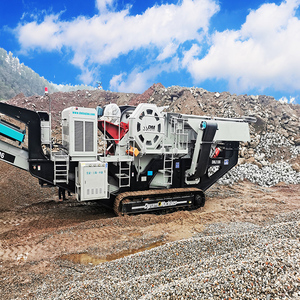













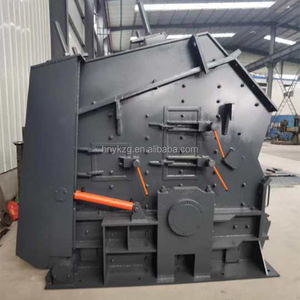
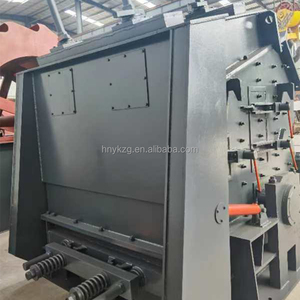




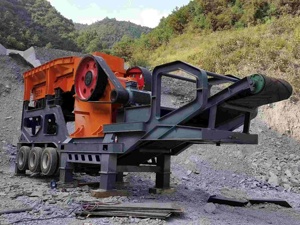

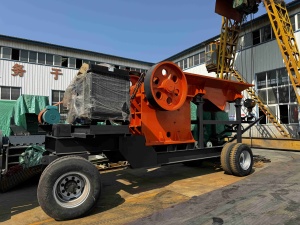


A screens for crushers is a device used for separating large objects from smaller ones. The principle is similar to that of a flour sieve; large objects remain on the net, whereas smaller objects progress farther. The same principle applies to a crusher screen, but the materials may not be as fine as flour. Crusher screens are usually set up in a striking, inclined fashion to enable objects to fall through the mesh. There are several types of screens for crushers.
Woven wire mesh screens
An ancient practice is still widely used; the wires are woven together to create a screen with open space between them. They filter out large materials like boulders and rocks and are usually set horizontally or at a slight downward angle to allow ores and minerals to fall through the mesh. Manufacturers adjust the screen size and thickness based on the particular application and the crusher machine they are using it for. The former determines the latter wire spacing. A properly fitted woven wire screen can improve product purity and yield while decreasing downtime from equipment blockages and the need for maintenance.
Perforated plate screens
As the name suggests, perforated plate screens have holes drilled into them. They are more durable than woven wire meshes and suitable for heavy-duty applications. Moreover, manufacturers can customize the hole size and shapes depending on customer requirements. Typically, the holes are round, but they can also be square or elongated standing ovation. The screens are made with robust materials like steel or alloy and have a thicker gauge than woven wire screen plates. Although they are more durable and heavier, they also tend to have a smaller open area.
Finger deck screens
These screens use a series of fingers spaced apart and supported by a deck to form a screen for separating materials. Finger deck screens for crushers are particularly useful for separating materials with a high moisture content, such as wet sand or coal. They offer the advantage of reducing pegging and blotches, allowing faster movement and better separation. Buyers can opt for aftermarket screens with the same spacing and sizes to get the same results as the original manufacturer.
Grizzly screens
The frame of a grizzly screen is parallel steel bars set apart in a rectangular fashion. The screen is usually set at an incline, with the frames affixed to a chute or similar structure above and the frame ends fixed to the floor below. It is primarily used to filter out smaller rock sizes before heading into a crusher. Grizzly screens are ideal for primary crushing applications, separating oversized materials, and providing a stable feeding rate to the crushers. They are robust and can withstand high loads, weathering, and chemical exposure.
The specifications of these screens for crushers vary based on the machine types and materials. The following are typical specifications with strong applicability.
Every component needs special maintenance to ensure great functionality and longer lifespans. Similarly, the screens for crushers also need some care and attention to keep them in good shape. Here are some maintenance methods that can be used:
Mining vibrating screens are mainly used in the mining and metallurgy industries where ores and other raw materials are dug out of the ground in large volumes. The primary purpose of these machines in the mining sector is to separate valuable ore from dirt, rock, and other impurities.
Furthermore, mining screens can be found in the construction industry where they help to produce quality building materials. In construction projects, materials like concrete, asphalt, soil, and gravel have to be screened to get rid of contaminants and ensure that only usable parts go into building structures.
Agriculture may not be an obvious industry where mining screens are used, but screeners play a crucial role in separating seeds, grains, and other agricultural products from unwanted materials like stems or dirt. By doing so, they ensure that farmers and producers get clean and quality products ready for sale or consumption.
In recycling facilities, vibrating screens separate valuable recycled materials from contaminants and non-recyclable materials. Screens for crushers find plastics, metals, papers, and glass containers and sort them out properly to enable quality processing and streamlined workflows.
Food processing companies also use mining screens to separate foreign materials like bones, shells, or stems from food products such as grains, spices, and seeds. Screens help to improve product quality and maintain food safety standards.
When selecting a crusher screen for sale, several factors must be considered to ensure the proper functionality and performance of the crushing plant:
Crushed material types and sizes:
Identify the types of materials that need to be processed, such as minerals, rocks, or construction debris. Consider the size and moisture content of the materials, as well as the specific requirements forparticle separation and sorting.
Screening requirements:
Determine the desired range of screened material sizes. Consider the production capacity and filter efficiency needed for the crushing plant. Different types of screens (e.g., vibrating, trommel, or air classifier screens) offer distinct separation efficiencies and capacities.
Available space and integration:
Consider the physical dimensions of the screen and the layout of the crushing plant. Ensure adequate space for the screen and its integration with other plant components (e.g., feeders, conveyors, and crushers).
Power source and automation:
Determine the power requirements (electrical or hydraulic) and the level of automation (e.g., hand, semi-automatic, or fully automatic) for the screen's operation. Ensure compatibility with the crushing plant's power and control systems.
Environmental factors:
Consider the ambient conditions where the screen will be installed, such as temperature, humidity, and the potential for corrosive or abrasive environments. Select materials and components that can withstand these conditions.
Permits and regulations:
Ensure the selected screen complies with local environmental regulations and permits, particularly concerning dust control and air quality requirements.
Q1: What are the latest trends in the design of crusher screens?
A1: Some trends in screen design include the move towards more versatile and multi-functional screens, automation and intelligent control systems, as well as advances in materials technology to improve durability and performance.
Q2: What are the some key challenges facing the crusher screens industry?
A2: The crusher screens industry is tackling some key challenges, such as sourcing sustainable materials, meeting stringent environmental regulations and ensuring the durability and resilience of screens in diverse and demanding environments.
Q3: Do crusher screens have specific weight limits?
A3: The weight limit of a crusher screen depends on its size, design, and material. It's crucial to refer to the manufacturer's specifications and guidelines to determine weight limitations.
Q4: How often do crusher screens need to be replaced?
A4: The replacement frequency of crusher screens depends on factors like usage intensity, material type, screen quality, maintenance practices, and operating conditions. Under typical circumstances, screens may need replacement every few months to annually.